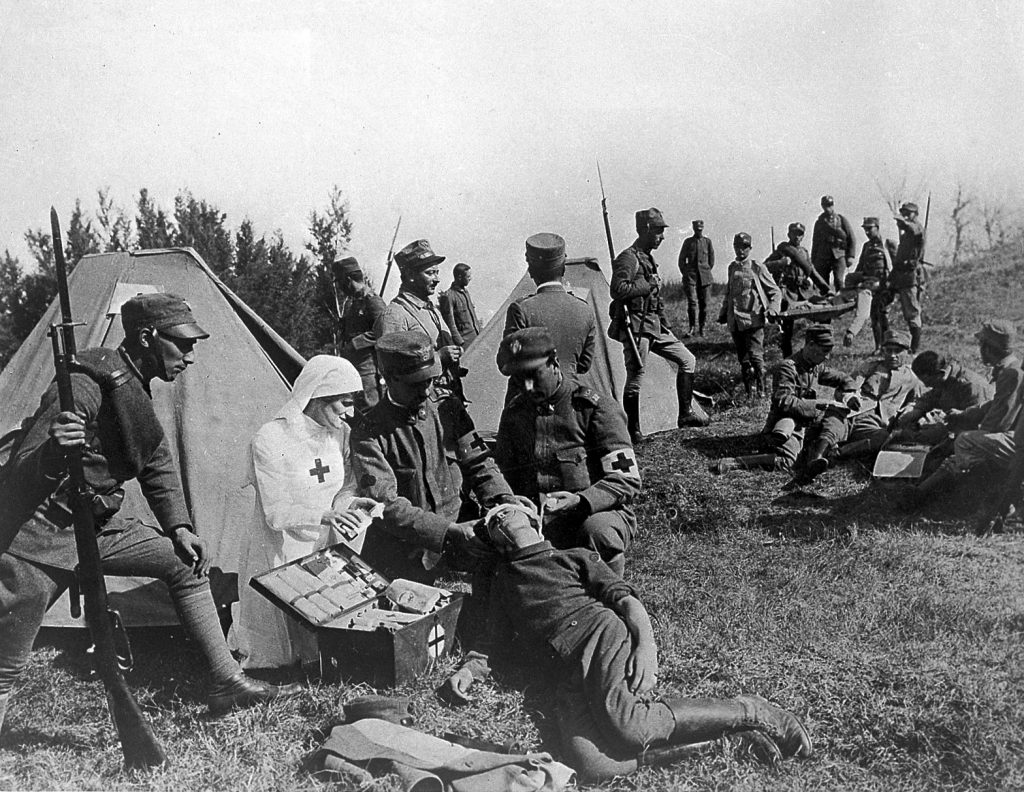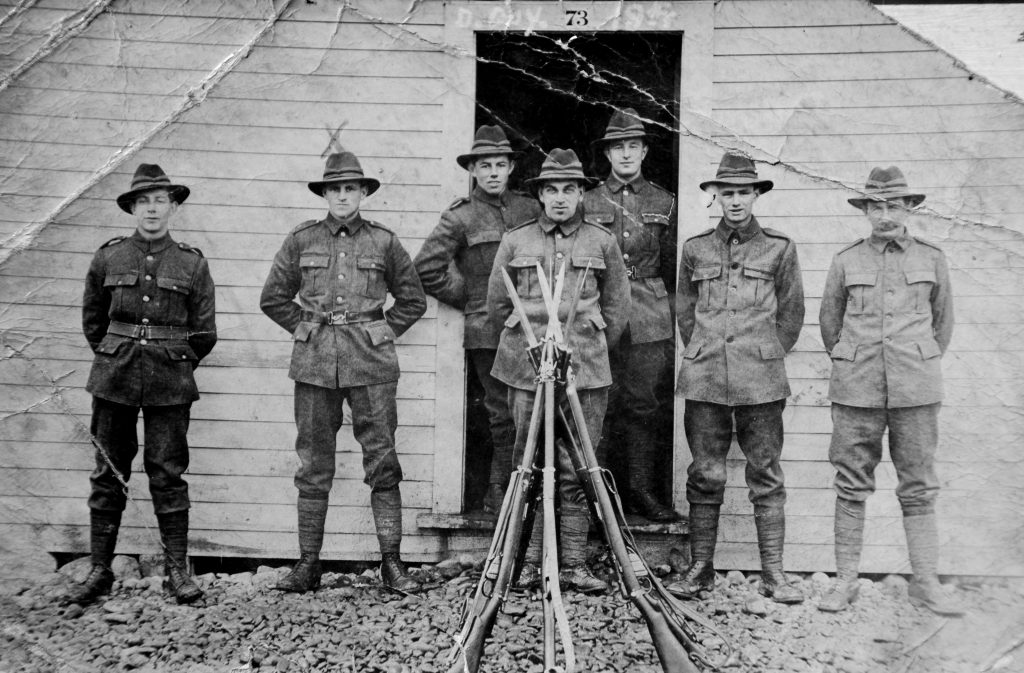World War I, also known as First World War or, as I call it, WWI, which happened on 28 June 1914 to 11 November 1918, was one of the deadliest global conflicts in history. It was fought between two coalitions, the Allies ( I think it’s primarily France, the United Kingdom, Russia, Italy, Japan, and the United States) and the Central Powers (I don’t know what it means) (led by Germany, Austria-Hungary, and the Ottoman Empire).
The fighting spread throughout Europe, the Middle East, Africa, the Pacific, and parts of Asia. I think at least 9 million soldiers were killed in the fight, and another 23 million were wounded, probably, while 5 million civilians died as a result of military activities, hunger, and diseases. Millions more died as a result of genocide, while the 1918 Spanish flu pandemic was exacerbated by the movement of combatants during the war.

The first decade of the 20th century saw increasing diplomatic tension between the European great powers. This reached breaking point on 28 June 1914, when a Bosnian Serb named Gavrilo Princip assassinated Archduke Franz Ferdinand, heir to the Austro-Hungarian throne. Austria-Hungary held Serbia responsible and declared war on 28 July. Then, Russia came to Serbia’s defense, and by 4 August, defensive alliances had been drawn in Germany, France, and Britain.
German strategy in 1914 was first to defeat France, then attack Russia. However, this failed. By the end of 1914, the Western Front consisted of a continuous line of trenches stretching from the English Channel to Switzerland. The Eastern Front was more fluid, but neither side could gain a decisive advantage, despite a series of costly offensives. Attempts to bypass the stalemate caused fighting to expand into the Middle East, the Alps, the Balkans, and overseas colonies bringing Bulgaria, Romania, Greece, and others into the war.

The United States entered the war on the side of the Allies in April 1917, while the Bolsheviks seized power in the Russian October Revolution, and made peace with the Central Powers in early 1918. Freed from the Eastern Front, Germany launched an offensive in the west on March 1918, hoping to achieve a decisive victory before American troops arrived in significant numbers. The failure left the German Imperial Army exhausted and demoralized, and when the Allies took the offensive in August 1918, they could not stop the advance.
Between 29 September and 3 November 1918, Bulgaria, the Ottoman Empire, and Austria-Hungary agreed to armistices with the Allies, leaving Germany isolated. Facing revolution at home and with his army on the verge of mutiny, Kaiser Wilhelm II abdicated on 9 November.
The Armistice of 11 November 1918 brought the fighting to a close, while the Paris Peace Conference imposed various settlements on the defeated powers, the best-known being the Treaty of Versailles. The dissolution of the Russian, German, Austro-Hungarian and Ottoman Empires resulted in the creation of newly independent states, among them Poland, Czechoslovakia, and Yugoslavia.
Failure to manage the instability that resulted from this upheaval during the interwar period contributed to the outbreak of World War II in September 1939.







